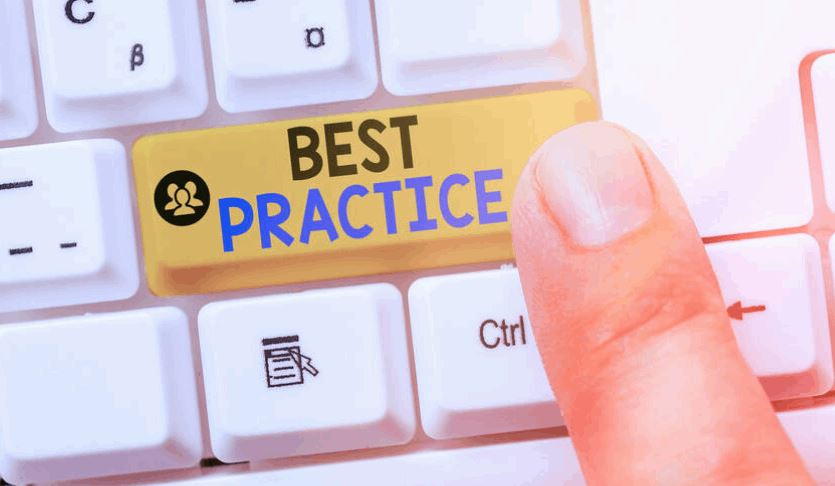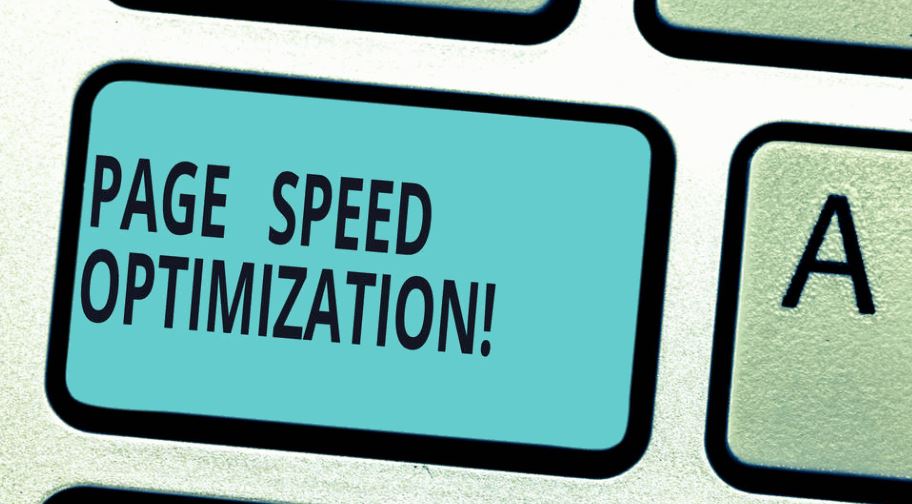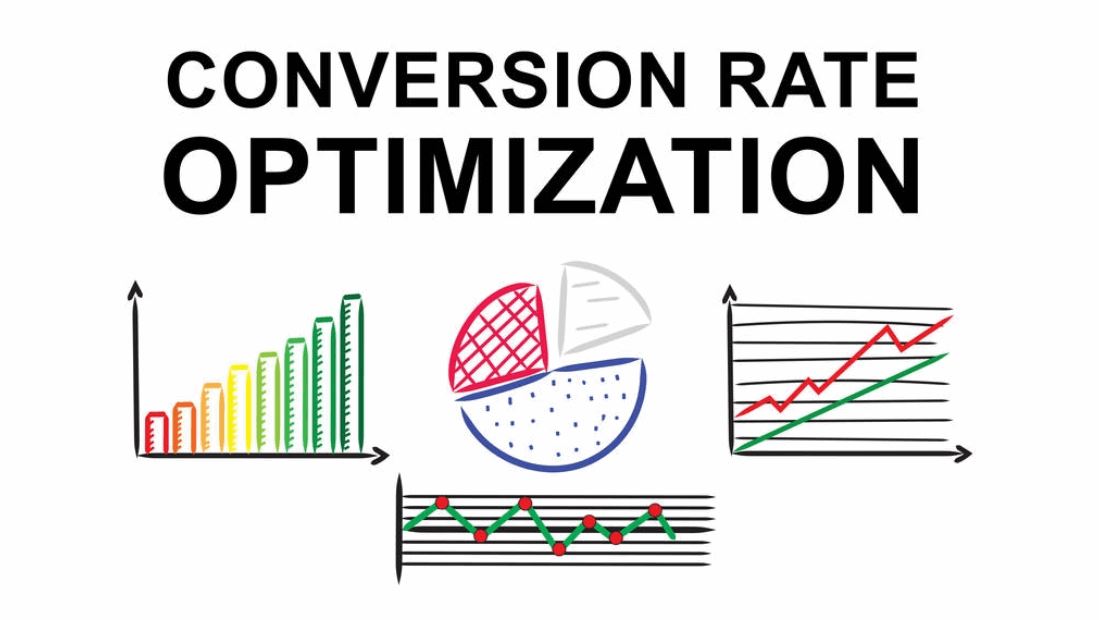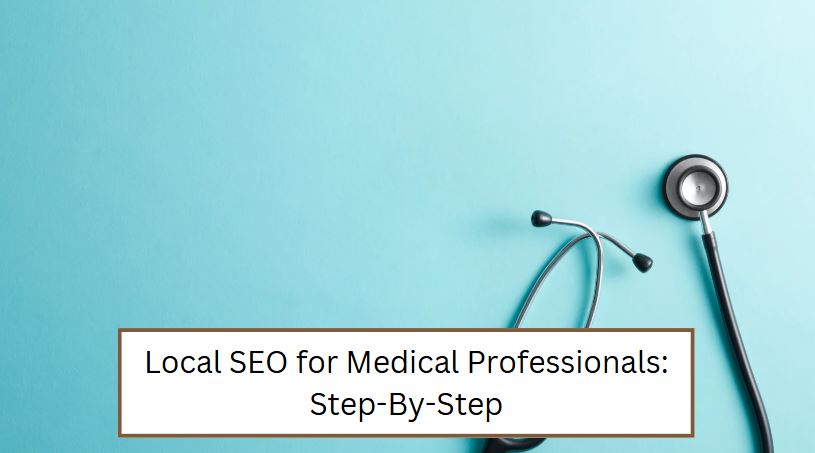Conversion rate optimization refers to techniques used to increase the percentage of people who act after landing on your site. The action can be anything from filling out a form to subscribing to a newsletter to making a purchase, depending on your goal. Effective conversion rate optimization can help you convert website visits into leads or sales. However, it can be hard to identify and fix CRO issues on a web page. This blog post talks about the conversion rate optimization best practices you should implement to convert more prospects. Let’s dive in.
Conversion Rate Optimization: Best Practices

Identify and Understand Your Audience
Understanding your target customer’s pain points or desires is one of the most important parts of the CRO process. This ultimately helps you create personalized content, increasing the likelihood that they’ll act on your offers. Start by creating a detailed persona of your target audience, which includes their location, interests, behavior, and other psychographic data. Track your website visitors and understand how they interact with your content and what makes them act.
Website Design and Navigation
Your website or landing page design can have a huge impact on the conversion rate. A well-designed web page that’s easy to navigate and visually appealing encourages the visitor to engage and act. Whereas a poorly designed web page can make visitors bounce back, causing your conversion rate to drop.
So, use high-quality, relevant, and interesting graphics as well as a clear navigation structure that makes taking action easy. Also, keep in mind that almost half of the world’s website traffic comes from mobile devices. So, it’s important that your website is responsive and appears in its best form on mobile phones, tablets, as well as computers.
Optimize Content for Conversion
In order to drive action, your landing page content needs to be high-value, super-relevant, clear, and easy to digest.Plus, the way you structure and present your content makes all the difference.
- Use short, easy-to-digest sentences and paragraphs
- Break the test into smaller chunks with visual aids
- Be concise and avoid fluff at all cost
Making sure your content gets picked up and ranked by search engines is also important. Search engine optimization involves using popular keywords in all the right places on your landing page, including:
- Heading
- Subheading
- Meta description
- Image alt text
However, attracting relevant traffic to a web page is one thing; getting them to act with powerful copy is another. Use the power of storytelling and copywriting formulas to create compelling content that encourages action.
Speed Optimization

Your website should load within the first couple of seconds of someone visiting it. Otherwise, there’s a high chance your visitors will leave your page and find a competitor. Heavy design elements like super-high-quality photos can bring a web page’s speed down. Make sure you’re using light images and avoid using unnecessary plugins if you’re on WordPress.
You May Also Like: SEO Vs SEM: Which One Should You Use?
A/B Test Your Landing Page
A/B testing, or split-testing, is the process of testing two different variations of a landing page to identify the better-performing one.
Page elements that can be tested include:
- Headlines
- Call-to-action
- Length of content
- Images
- Layout
- Colors
- And maybe more
When split-testing a landing page, you divide your visitors into two groups and serve a different variation of your landing page to each group. The goal of a/b testing is to identify and focus on the better-performing version of your landing page.
Call-to-Action Optimization
CTA is a crucial element of any landing page. Its only purpose is to get the visitor to take a specific action such as filling out a form or placing an order. When it comes to conversion rate optimization, a great CTA can make all the difference. A well-optimized CTA is:
- Short
- Concise and clear
- Persuasive
- Actionable
In addition, since the CTA is where the conversion happens, you need to make sure it’s prominent and stands out from the rest of the content. Moreover, the location of your CTA can have a major impact on conversions. Place your CTA in all the important sections of your web page to maximize conversions. Don’t forget to test different pieces of copy, designs, colors, and placements to identify the most effective combination.
Mobile Optimization Best Practices

Mobile devices account for a major portion of worldwide website traffic. So, it’s important that your website offers a seamless experience on mobile devices. Failing to design a mobile-friendly website can result in a subpar user experience, which can lead to a loss of conversions. Start by using responsive design elements on your landing page. A responsive web page adjusts to the size of the screen it’s viewed on. In addition, simple navigation, clutter-free design, and optimized visual elements can have a significant impact on a landing page’s performance.
Landing Page Optimization
The effectiveness of a landing page largely depends on your message and how you present it. Your landing page should have one goal. It could be getting the visitors to fill out a form, watch a video, or purchase a product. Whatever it is, it’s important that every element of your landing page is pointing the visitor to a single call to action.
A navigation menu at the top of a landing page often distracts visitors and could take them away from whatever you’re offering. You shouldn’t use anything that distracts a visitor from your main message. In addition, don’t hesitate to test different designs, copy, images, and layouts to find the most effective combination.
FAQs
How Do You Optimize Conversion Rate?
Use your CTAs in a prominent location on your landing page. Make sure every part of the page points towards the CTA. No element on your page should distract the visitor from your CTA.
Why Is Conversion Rate a Good KPI?
Conversion rate is a good key performance indicator when your goal is to generate conversions. It tells you if your strategies have been effective or not.
What is CRO Best Practices?
Use a distraction-free landing page design, keep it simple, write compelling copy, and make your CTA prominent.
Conversion Rate Optimization Best Practices: Wrapping Up
Attracting prospects to a landing page can be challenging. Converting them into leads or customers can be even more challenging. By implementing conversion rate optimization best practices, you can maximize the chances of converting every visitor. Here’s a quick recap of conversion rate optimization best practices:
- Understand your audience
- Optimize the web design and navigation
- Write converting copy
- Ensure fast loading
- Optimize the landing page for conversion
- Keep it mobile-optimized
- Use a single, powerful call-to-action
Another important thing is to keep testing different elements of your landing page and aim for a higher ROI.
You May Also Like




